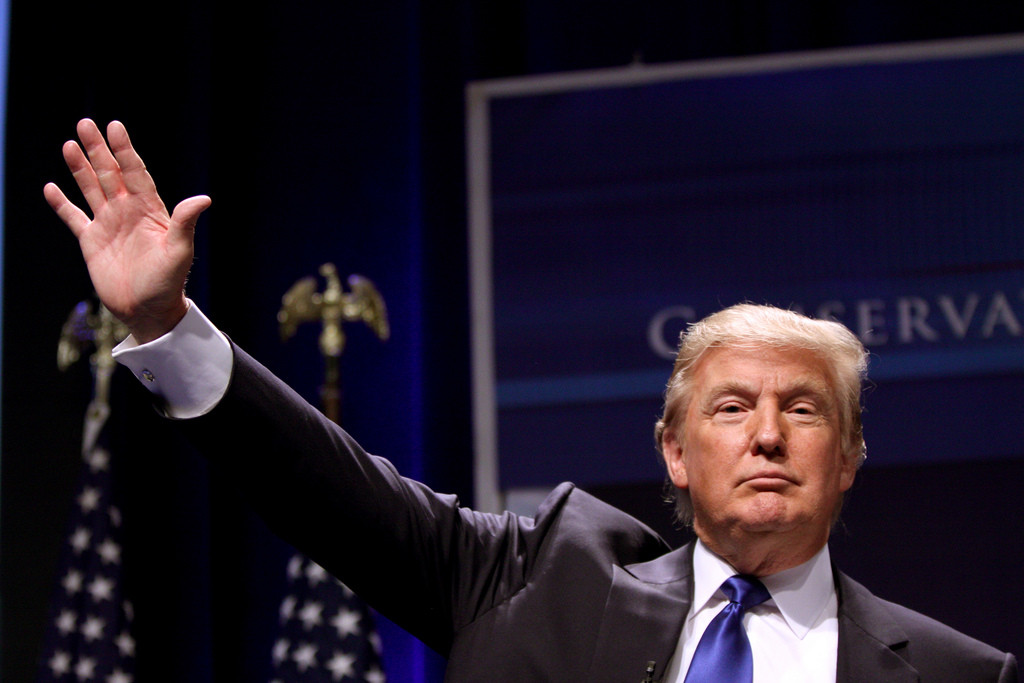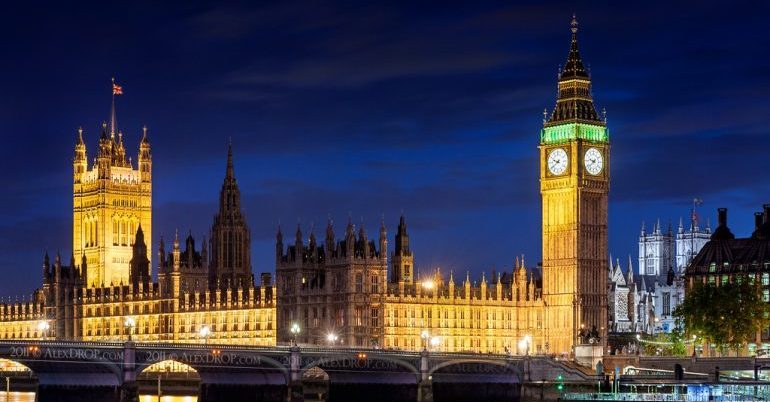The US election: where we’re at
After a surprising and emotional night of election results, the United States now knows who their 45th president will be. At the time of writing Trump is standing on 279 electoral college votes, whilst Clinton trails on 218: whilst three states are yet to declare their results it is a mathematical certainty that Donald Trump has secured enough votes for the presidency at this point.
The American electoral system isn’t entirely straight forward, however. In a system that bears some similarities to the first past the post system of the UK, voters in each state technically votes for an ‘elector’ that attends a meeting the following month with all other electors to vote on who the president should be. These ‘electors’ are pledged to vote for one of the presidential candidates (although not bound to- some do sometimes opt for a different candidate), so voters are still faced with the choice of presidential candidates on the ballot paper, with the assumption being that the elector will vote for that candidate.
The number of electors in each state is determined by the population of the state, which is why certain states carry much more weight and are more highly anticipated throughout results night. Some of the largest states that Trump secured were; Florida (29 votes), Texas (38), Pennsylvania (20) and Ohio (18). Despite a substantial lead in electoral votes, Mr Trump at the time of writing is actually slightly behind in the popular vote (a situation that hasn’t happened since 2000), securing 47.5% of the vote compared to Clinton’s 47.7%, throwing up questions as to the nature of the US electoral system, much in the same way recent general elections have in the UK.
The Republicans throughout the night have secured majorities in the Senate and the House of Representatives too, giving the party control in all levels of national government. This doesn’t, however, equate with an easy ride for Trump, with a number of factions and internal disputes opening up over the last few months within the GOP, particularly in relation to Trump himself- pushing forward his policy platform will depend upon him successfully navigating these emerging groupings.
Markets and the US dollar did take an initial, steep dive in the early hours of the morning in reaction to Trumps success, however this has largely corrected itself as time has worn on, with some commentators suggesting this is due the more ‘presidential-sounding’ acceptance speech by Trump. In this speech the president-elect emphasised that the country now needed to come together and make a country that worked for every American, an emphasis echoed by both Clinton and Obama when reflecting on the results. However, many others have argued that this will be a difficult task given how toxic and divisive Mr Trumps campaign proved to be.
Whether America can rise to this challenge remains to be seen.





Leave a Reply